
Mako for Total Knee replacement
Mako for Total Knee replacement We understand that knowing what to expect from your joint replacement experience is important to you. As you are reading

Joint replacement surgery, also known as arthroplasty, is a surgical procedure in which a damaged or diseased joint is replaced with an artificial joint. It is typically performed to relieve pain and improve joint function in individuals with severe joint conditions such as osteoarthritis, rheumatoid arthritis, or joint trauma.
At Alabama Bone and Joint Clinic our specialized team of orthopedic surgeons, our dedicated to helping you regain pain-free mobility and a better quality of life through joint replacement surgery. If chronic joint pain and limited function are holding you back, trust us to provide exceptional care and deliver successful outcomes.
Our orthopedic surgeons are highly skilled and experienced in joint replacement procedures, including hip, knee, and shoulder replacements. They have performed numerous successful surgeries, utilizing their expertise to address a wide range of conditions, from osteoarthritis and rheumatoid arthritis to degenerative joint diseases and severe joint injuries.
There are several reasons why someone might need a joint replacement surgery. The most common indication is severe joint damage or disease that causes chronic pain, limits mobility, and significantly affects the quality of life.
It’s important to note that the choice of joint replacement surgery depends on various factors, including the specific condition, the severity of joint damage, the patient’s age, lifestyle, and overall health. The decision is usually made in consultation with an orthopedic surgeon who can assess the individual case and recommend the most suitable type of joint replacement. It’s important to note that joint replacement surgery is typically considered as a last resort when other non-surgical treatments, such as medications, physical therapy, and lifestyle modifications, have failed to provide adequate relief. The decision to undergo joint replacement surgery is made on an individual basis, taking into account factors such as the severity of symptoms, overall health, and the patient’s goals and expectations for post-surgical outcomes.
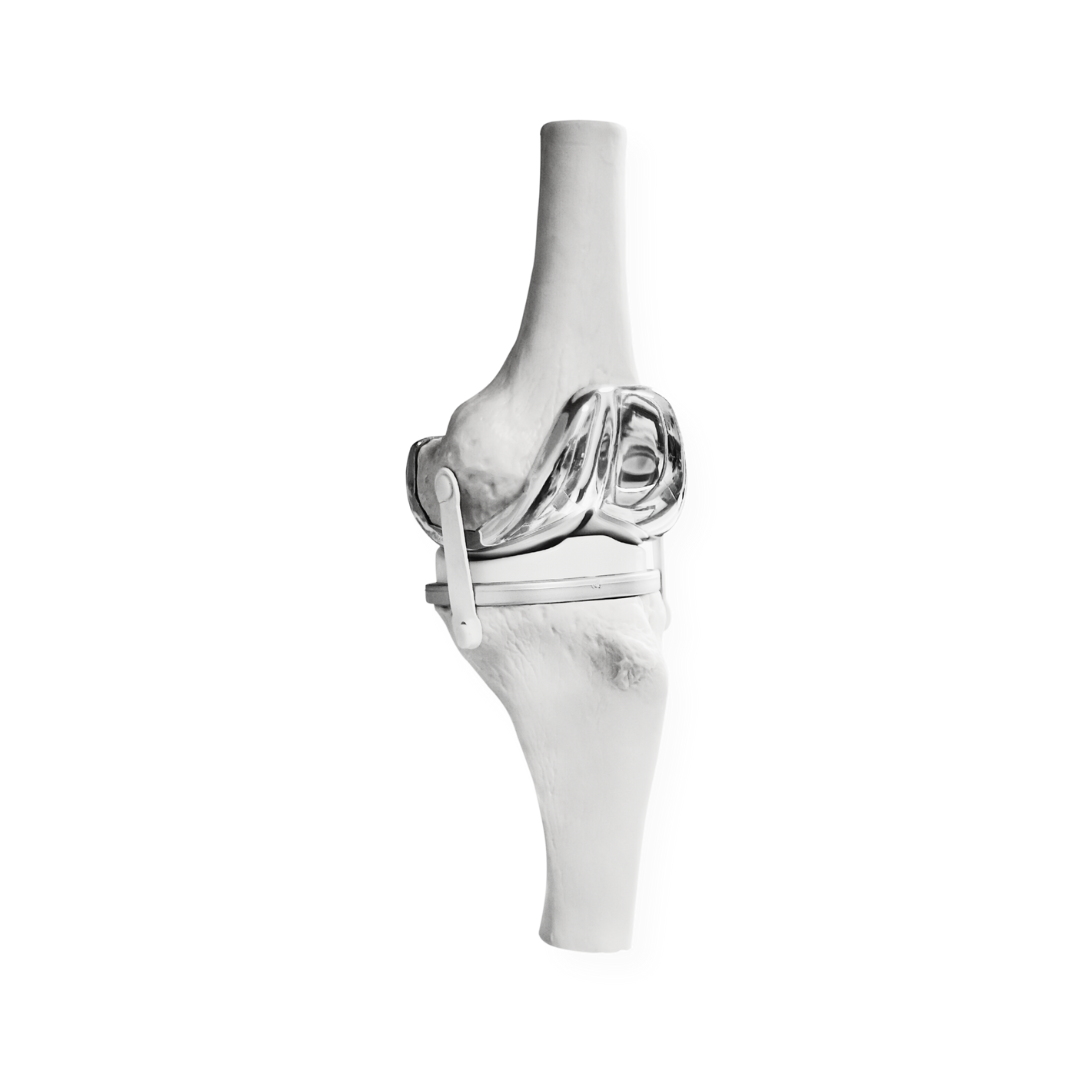

We stay at the forefront of medical advancements, utilizing the latest surgical techniques and technologies in joint replacement surgery. Our surgeons are skilled in both traditional and minimally invasive approaches, aiming to minimize tissue trauma, reduce scarring, and facilitate a quicker recovery. With their expertise, you can trust that you’re in capable hands.
There are several types of joint replacements available, depending on the specific joint affected. The most common joint replacements include:
Our commitment to your well-being extends beyond surgery. We provide comprehensive pre-operative assessments and preparation, ensuring that you are fully informed and prepared for the procedure. Following surgery, our team guides you through a comprehensive rehabilitation program to optimize your recovery, focusing on pain management, physical therapy, and a personalized care plan tailored to your specific needs.


We understand that every patient is unique, and we tailor our treatment plans to your individual needs. Our team conducts a thorough evaluation, taking into account your medical history, lifestyle, and specific joint condition. Based on this comprehensive assessment, we develop a personalized treatment plan that aims to relieve pain, restore function, and improve your overall joint health.
Your comfort, understanding, and involvement in your care are our top priorities. We take the time to listen to your concerns, answer your questions, and provide clear explanations about the surgical process, expected outcomes, and rehabilitation. Our team strives to create a supportive and compassionate environment, ensuring that you feel confident and supported throughout your journey.
Take the first step towards renewed mobility and a pain-free life. Contact our practice today to schedule a consultation with our expert orthopedic surgeons. Let us guide you through the transformative journey of joint replacement surgery, helping you experience the freedom of movement you deserve.
The need for joint replacement arises when a joint becomes severely damaged or degenerated, typically due to conditions such as osteoarthritis, rheumatoid arthritis, avascular necrosis, or severe fractures. Joint pain, stiffness, reduced range of motion, and decreased quality of life are common indications for joint replacement surgery.
Joint replacement surgery has proven to be highly successful in relieving pain, improving joint function, and enhancing the quality of life for many individuals with severely damaged joints. However, it’s important for patients to have a thorough discussion with their healthcare provider and orthopedic surgeon to understand the potential benefits, risks, and expected outcomes based on their specific condition.


Mako for Total Knee replacement We understand that knowing what to expect from your joint replacement experience is important to you. As you are reading

Mako Total Hip replacement We understand that knowing what to expect from your joint replacement experience is important to you. As you are reading through

We understand that knowing what to expect from your joint replacement experience is important to you. As you are reading through this material, please reach
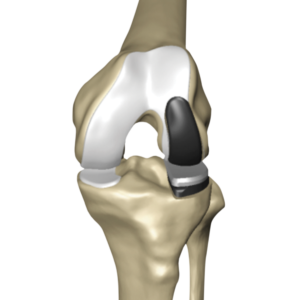
We understand that knowing what to expect from your joint replacement experience is important to you. As you are reading through this material, please reach
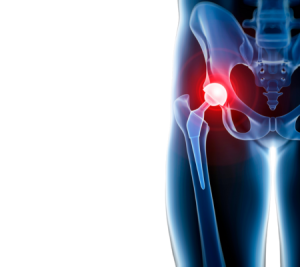
Hip Revision Hip revision surgery, also known as hip revision arthroplasty, is a procedure performed to replace a previously implanted hip prosthesis that has worn
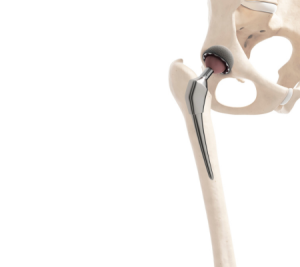
Total Hip Replacement Total hip replacement, also known as total hip arthroplasty, is a surgical procedure that involves replacing the damaged or diseased hip joint
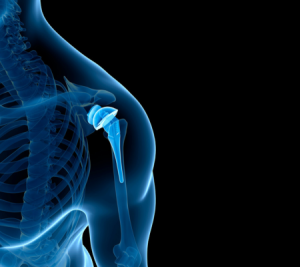
Reverse Shoulder Reverse shoulder replacement is a surgical procedure used to treat certain shoulder conditions, particularly those involving severe rotator cuff damage or irreparable rotator

Shoulder Replacement Shoulder replacement, also known as shoulder arthroplasty, is a surgical procedure performed to replace a damaged or diseased shoulder joint with an artificial
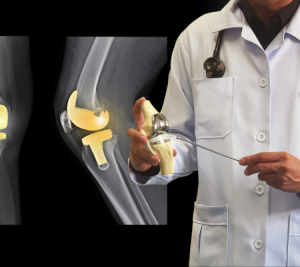
Knee Replacement Knee replacement, also known as knee arthroplasty, is a surgical procedure performed to replace a damaged or diseased knee joint with an artificial